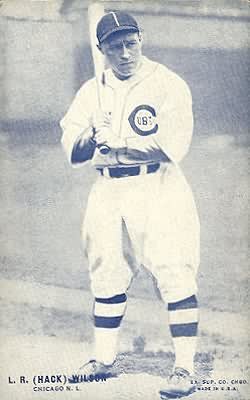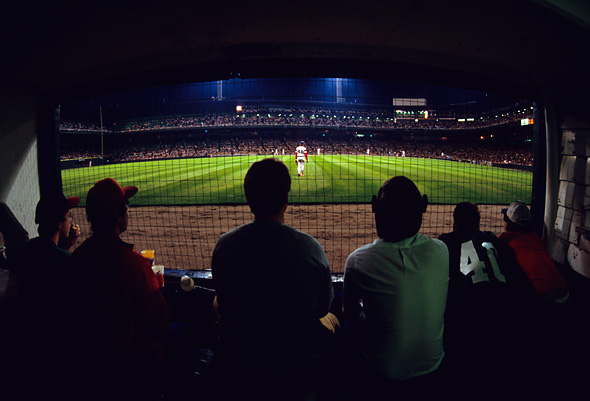Unlucky Berman
One of the Regulars
- Messages
- 180
- Location
- Germany
I saw "the Pride of the Yankees" last night and it wasn't the first time that I thought baseball seems an interesting sport and I really would like to see and hear more of it. But since I live in Europe there isn't much about it known and also hard to find other enthusiastics or fans of the sport. A shame, I know. I started to look in the lounge if there are threads about golden era baseball and it seems there is also not much, so I think it is about time for a thread for it to discuss, show pictures, share childhood memories and the like.
I also have a question for the experts. What is the main difference between modern baseball and what they played like in the times of Gehrig, DiMaggio, Ruth and all the others. I am just wondering if there were changes similar to soccer (football for the english people ) where it became much more athletic, faster and with a lot of technique than what was played at the era of Beckenbauer or Pelé. Looking at old photos of Babe he seems not as athletic as the players I saw in the few modern games I could at least watch during the olympics.
) where it became much more athletic, faster and with a lot of technique than what was played at the era of Beckenbauer or Pelé. Looking at old photos of Babe he seems not as athletic as the players I saw in the few modern games I could at least watch during the olympics.
Another question is, do you know sources for informations, pictures, or even movies and radio pieces of the old games?
I also have a question for the experts. What is the main difference between modern baseball and what they played like in the times of Gehrig, DiMaggio, Ruth and all the others. I am just wondering if there were changes similar to soccer (football for the english people
Another question is, do you know sources for informations, pictures, or even movies and radio pieces of the old games?
Last edited:







